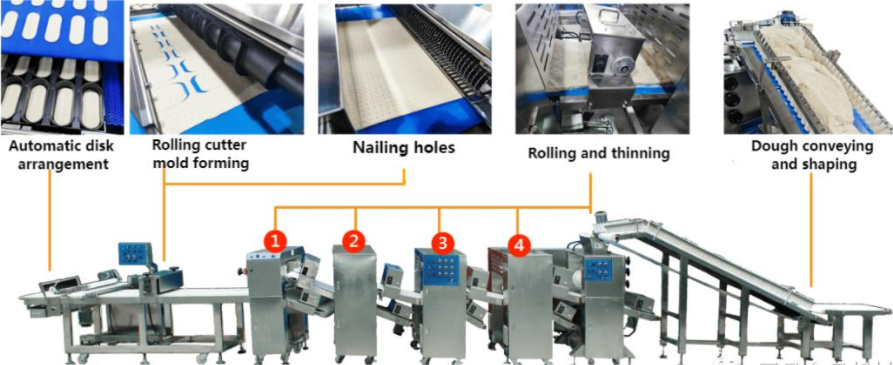Prepared foods: the future path to cater to modern consumer trends
Prepared foods are foods that are processed and packaged in a prepared manner so that they can be prepared quickly when needed. Examples include prepared breads, tart crusts, handmade pancakes and pizza. Not only do prepared foods have a long shelf life, they are also easy to store and transport.
In 2022, China's prepared food market has reached an astonishing US$5.8 billion, with a compound annual growth rate of 19.7% from 2017 to 2022, indicating that the prepared food industry will reach the trillion-yuan level in the next few years. This significant growth is mainly due to two core factors: consumers' pursuit of convenience and delicious food, and catering companies' urgent need for cost control and efficiency improvement.
Although the prepared food industry is developing very rapidly, the industry is still in the market cultivation period. At this stage, the main sales channels are still concentrated in the B-end market, while C-end consumers' acceptance of prepared foods is still low. In fact, about 80% of prepared foods are currently used in B-end enterprises and institutions, and only about 20% of prepared foods are consumed by ordinary households.
As the pace of modern life continues to accelerate, consumers' acceptance of prepared foods is gradually increasing. As the taste of prepared foods improves, their share of the family dinner table will also increase significantly. It is expected that the share of prepared food on the family table may reach 50%, basically the same as the B side, and may even be slightly higher than the C side. This will further promote the development of the prepared food industry and provide consumers with more delicious and convenient prepared foods. choose.
Although the prepared foods industry has a promising future, it still faces challenges and risks. For example, how to ensure product quality and how to reduce production costs. The introduction of fully automated production lines in the food preparation industry is an urgent reality. In the mixing, fermentation, cutting, packaging, quick freezing, testing and other aspects, fully automated operations are basically realized. Automated production lines can not only improve factory production efficiency and reduce worker costs, but also avoid health and safety issues caused by excessive manual operations and ensure controllability of product quality.
In the future, as consumers' demands for convenience and deliciousness continue to increase, and catering companies demand improvements in efficiency, the prepared food market will have greater room for development.





